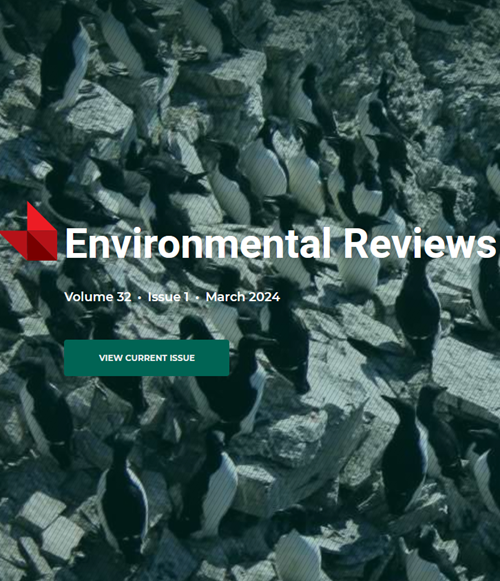多年来的棕地:从定义到可持续再利用。
IF 5.1
3区 环境科学与生态学
Q2 ENVIRONMENTAL SCIENCES
引用次数: 6
摘要
城市发展经常面临可用空间不足的问题。Brownfield地块具有巨大的可持续城市规划潜力,因为它们通常位于中心位置,并具有与重建相关的好处。尽管人们对棕地再生的兴趣导致了对这一主题的大量研究,但目前还没有对棕地研究进行全面的综述。在这篇综述中,我们分析了棕地的研究,并提供了已发表的案例研究的图片。我们主要专注于美国、欧洲和中国的棕地研究。这项探索性研究是基于对科学网络数据库中已发表的科学文献的分析。棕地一词最初在北美使用,很快在世界其他地区流行起来,尤其是在欧洲。然而,除美国外,没有针对这些地点的具体立法;它们的保护往往间接地基于与土壤污染、生物多样性或环境有关的指令或法律。世界各地对棕地潜在用途的看法差异很大,来自世界不同地区的研究人员之间的国际合作仍然有限。大多数描述的棕地再利用都是软再利用的形式(53%),而且一个场地的再利用类型更多地取决于周围的城市化水平和特定地区,而不是过去对棕地的使用。尽管人们继续对这些场地的恢复感兴趣,特别是由于新冠肺炎危机后该市对自然的需求不断增加,但关于棕地场地未来的许多问题仍然没有答案。影响其成功重建的因素尚不清楚,迫切需要进一步研究,以确保这些场地的真正可持续再利用。本文章由计算机程序翻译,如有差异,请以英文原文为准。
Brownfields over the years: from definition to sustainable reuse.
Urban development is often confronted with a lack of available space. Brownfield sites offer great potential for sustainable urban planning because of their often-central location and the benefits associated with their redevelopment. Although the interest in brownfield regeneration has led to a lot of research on this topic, there is not yet a comprehensive review of brownfield research. In this review, we analyze the research on brownfields and provide a picture of the published case studies. We focus primarily on brownfields research in the United States, Europe, and China. This exploratory research is based on an analysis of the published scientific literature available in the Web of Science database. Initially used in North America, the term brownfield quickly became popular in the rest of the world, particularly in Europe. However, with the exception of the United States, there is no specific legislation for these sites; their protection is often based indirectly on directives or laws related to soil pollution, biodiversity or the environment. The perception of the potential use of brownfield sites varies considerably from one part of the world to another, and international collaborations between researchers from different parts of the world remain limited. Most of the described reuses of brownfield sites are forms of soft reuse (53%), and the type of reuse of a site depends more on the surrounding urbanization levels and the specific region than on the past use of a brownfield site. Despite the continued interest in the rehabilitation of these sites, especially due to the increasing demand for nature in the city following the Covid-19 crisis, many questions regarding the future of brownfield sites remain unanswered. The factors influencing their successful redevelopment are unclear, and further research is urgently needed to ensure a truly sustainable re-use of these sites.
求助全文
通过发布文献求助,成功后即可免费获取论文全文。
去求助
来源期刊

Environmental Reviews
环境科学-环境科学
自引率
3.50%
发文量
45
期刊介绍:
Published since 1993, Environmental Reviews is a quarterly journal that presents authoritative literature reviews on a wide range of environmental science and associated environmental studies topics, with emphasis on the effects on and response of both natural and manmade ecosystems to anthropogenic stress. The authorship and scope are international, with critical literature reviews submitted and invited on such topics as sustainability, water supply management, climate change, harvesting impacts, acid rain, pesticide use, lake acidification, air and marine pollution, oil and gas development, biological control, food chain biomagnification, rehabilitation of polluted aquatic systems, erosion, forestry, bio-indicators of environmental stress, conservation of biodiversity, and many other environmental issues.
 求助内容:
求助内容: 应助结果提醒方式:
应助结果提醒方式:


